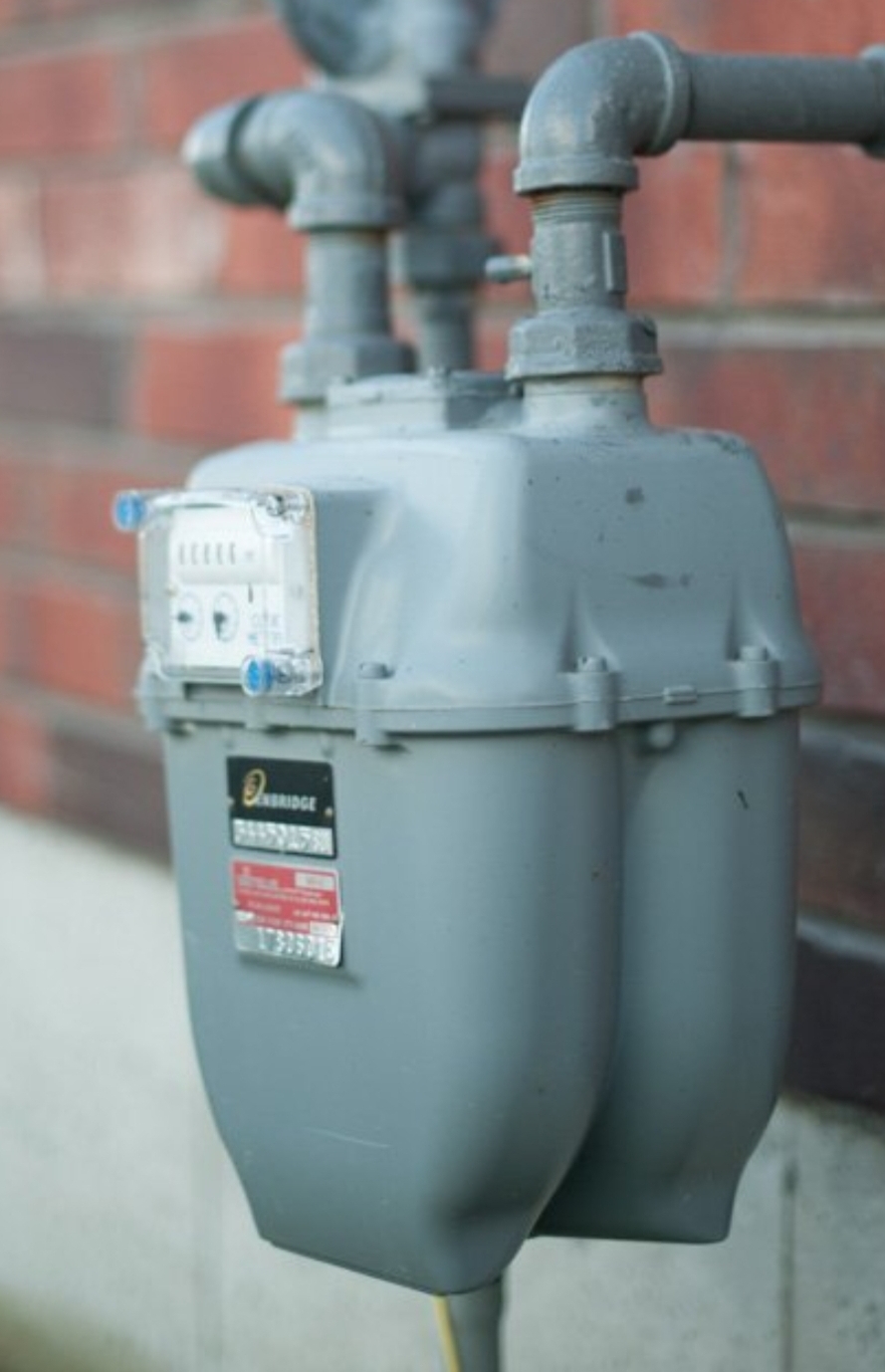3DPrinting
3DPrinting is a place where makers of all skill levels and walks of life can learn about and discuss 3D printing and development of 3D printed parts and devices.
The r/functionalprint community is now located at: or [email protected]
There are CAD communities available at: [email protected] or [email protected]
Rules
-
No bigotry - including racism, sexism, ableism, homophobia, transphobia, or xenophobia. Code of Conduct.
-
Be respectful, especially when disagreeing. Everyone should feel welcome here.
-
No porn (NSFW prints are acceptable but must be marked NSFW)
-
No Ads / Spamming / Guerrilla Marketing
-
Do not create links to reddit
-
If you see an issue please flag it
-
No guns
-
No injury gore posts
If you need an easy way to host pictures, https://catbox.moe may be an option. Be ethical about what you post and donate if you are able or use this a lot. It is just an individual hosting content, not a company. The image embedding syntax for Lemmy is 
Moderation policy: Light, mostly invisible
view the rest of the comments

I don't know this exact meter, but I had a little optical sensor on my meter for years. There was a dial that rotated once per a given volume, it had a black part and a white part. This way a single led and light detector could measure exact revolutions and be able to read out the value. This way it didn't have to read the numbers, which is much harder and can't measure small increments very well.
My meter got replaced with a smart kind years ago, so now I simply have a port that can be read out directly with way more information. But my janky led and light detector thing worked very well for years. Since this was years ago it ran a very simple PIC micro, nothing like a full fledged ESP platform.